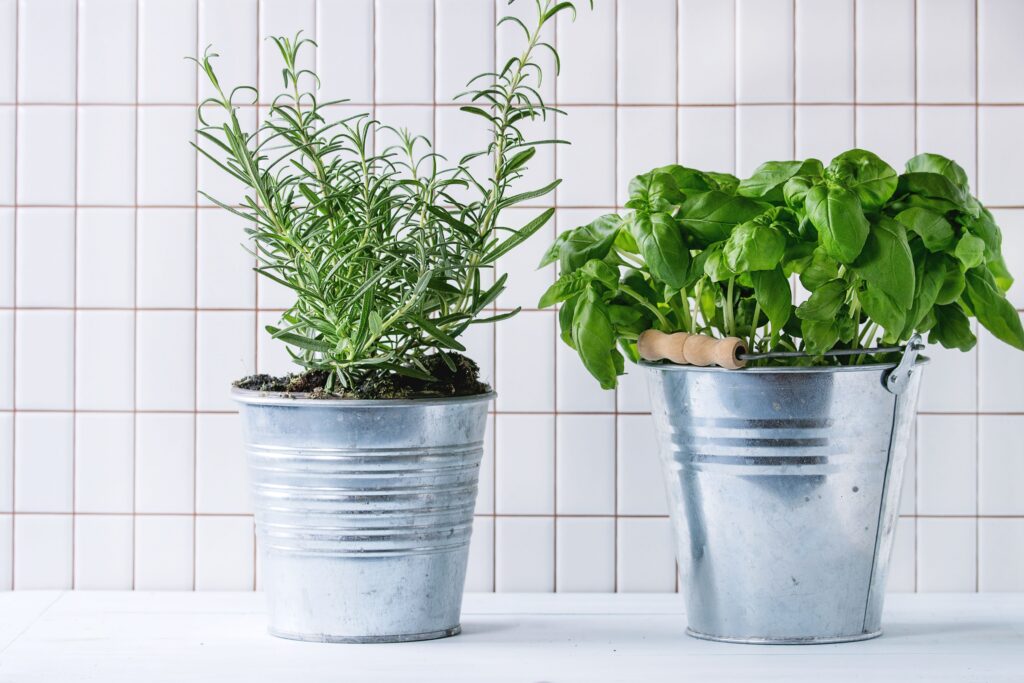High pollen levels: Hay fever sufferers are struggling 200%+ MORE in 2021

With the good news that the British weather is set to warm up by the end of the week, it is met with the bad news by the Met Office officialy confirming on Twitter that pollen levels will be high or even very high in most places in the UK.
It hasn’t got unnoticed that hay fever sufferers have been struggling a lot this year, with many claiming their symptoms in 2021 are greater than those they’ve ever had before.
Although news reports claim there is no scientific explanation as to why hay fever is so much worse this year. The experts over at money.co.uk were keen to investigate whether queries for hay fever have seen an increase throughout recent years, suggesting that sufferers may be experiencing symptoms worse than before.
Using SEMrush, money.co.uk were able to analyse historical search data and discovered that, compared to the past five years, overall search terms relating to hay fever have increased by 233% in the UK.
Average monthly google searches for ‘hay fever’
|
July 2017 |
July 2018 |
July 2019 |
July 2020 |
July 2021 |
|
22,200 |
33,100 |
49,500 |
49,500 |
74,000 |
In the UK, July 2021 has seen 74,000 searches from people looking for information and help with their hay fever. Compared to the 22,200 searches in 2017, we have seen an increase of over 3x!
Compared to July 2017, searches for ‘hay fever tablets’ have seen a 1,292% growth in the UK – the largest of all remedies. Additionally, Google Trends shows that searches for ‘hay fever symptoms’ have increased by 3,800% since 2017.
With allergies a significant worry for many this year, the home insurance experts at money.co.uk put together some helpful tips to help hay fever sufferers plan a low allergen garden so they can enjoy the warm weather without worrying about symptoms ruining their day.
- Keep the lawn short during the summer months.
This helps to prevent the growth of lawn flowers and means less grass pollen is released into the air.
- Flower diversity is important.
Choose a range of blooms with different flowering months, for both biodiversity and long-lasting visual impact. If you’re planning a cutting garden, avoid flowers with a strong scent, as these can be overpowering when you take them indoors.
- Midday gardening is your best option.
Pollen levels are at their highest at the beginning of the day, as they rise with the warming air, and again at the end of the day when it’s cooling down. So, it’s best to avoid gardening during these times if you suffer from hay fever. Try to stick between 12pm and 4pm.
- Natural barriers.
Creating natural barriers like hedges to capture and filter pollutants. However, be wary of certain species of hedge, such as yew (Taxus), laurel (Laurus), beech (Fagus) and hornbeam (Carpinus) as they can trigger hay fever.
- Compost with care
Compost bins can act as a source of mould spores, which are even finer than pollen and hold the risk of reaching deep into the respiratory system. Keep the bins well away from seating areas and ensure you cover them up, as well as using gloves when handling them.





